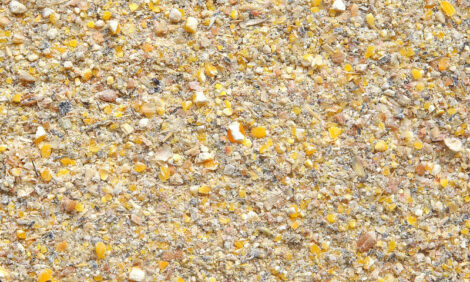



South Unfazed by Avian Flu Incidents in Bengal
TAMIL NADU, INDIA - Although West Bengal has confirmed incidents of avian flu and ordered culling of lakhs of chicken, South India, particularly Namakkal, remains unruffled.The National Egg Coordination Committee (NECC), Namakkal zone, has in fact increased the egg prices by five paise and has ruled out chances of the disease spreading to the South.
"We have biosecurity. We are carrying out regular checks and vaccinations to prevent outbreak of bird flu. Moreover, the climate here is not conducive for the avian flu virus to breed," Mr P. Selvaraj, Zonal Chairman, NECC, told The Hindu Business Line.
After remaining flat for almost three weeks at Rs 2.52 a piece, egg prices are now ruling at Rs 2.57. This, despite the fact that the ensuing Navaratri eason will dent consumption.
"For the first time, we have hiked the egg prices in austere month of Purattasi. This is mainly because of growing demand in Kerala although off take in Karnataka and Andhra Pradesh will be hit," said an NECC spokesperson.
Meanwhile, the prices of layer and cull birds have been trimmed to Rs 36 (Rs 40/kg) and Rs 55 (Rs 60/kg) respectively due to reduced off take in Karnataka and Andhra.
But poultry traders in Namakkal, despite being unaffected by avian flu, are not all that elated since the incident in the far-east tells on their exports. "Around 800 poultry farms are located in and around Namakkal where nearly three crore chickens are reared. Every time avian flu hits any part of the country, Namakkal poultry farmers are affected. Already, the Gulf nations have totally shunned eggs from India. We have been clamouring for 'zoning' of the poultry hubs in the country so that areas unaffected by bird flu do not face import curbs. But the government has not done anything so far," lamented Mr Selvaraj.
Egg exports, which have dwindled in the recent days, stood at 357.78 lakh (till August) against 559.70 lakh reported during the same period last year.
But the trade, instead of tapping newer markets, is focussing more on the ever-increasing demand on home turf.








